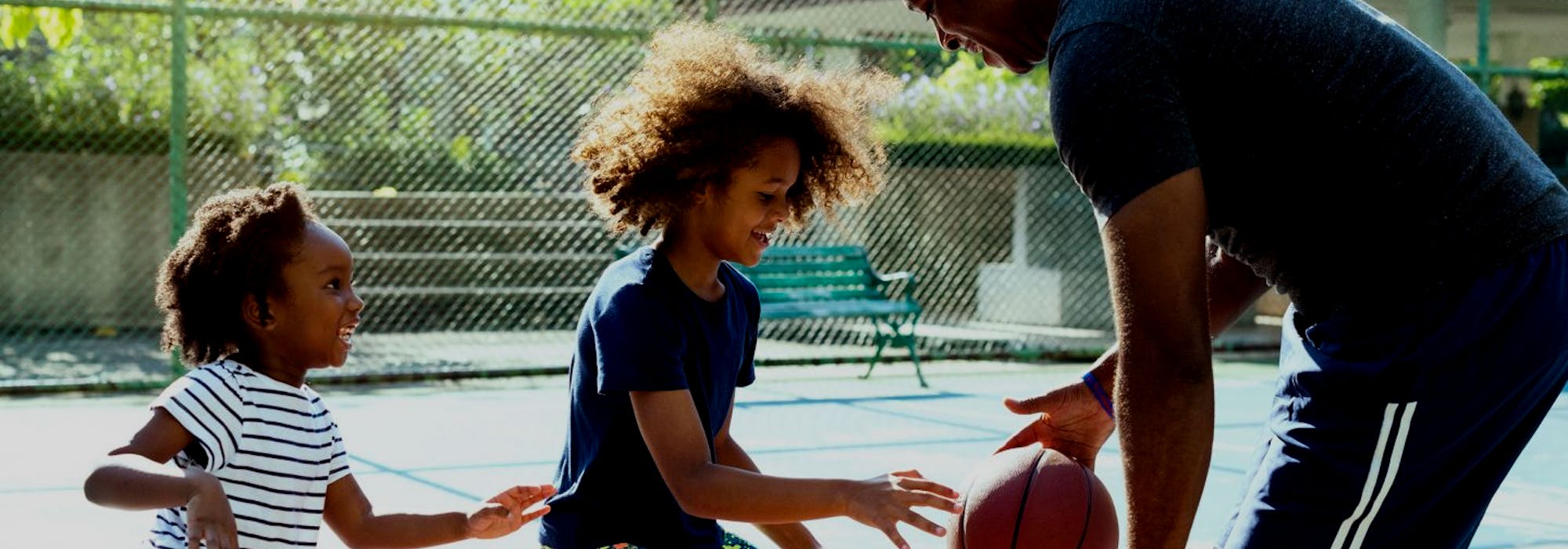When a child is diagnosed with cerebral palsy, it means they are experiencing an impairment within the area of the brain that controls their movement and muscle tone. While many children with cerebral palsy do not experience any alterations to their mental development, their motor control and mobility is greatly affected.
Cerebral palsy develops due to damage, trauma, or malformation of the child’s brain. This typically occurs during pregnancy but may also occur during delivery or shortly after birth. Premature babies are at a higher risk of developing cerebral palsy, as are those who develop severe jaundice or other illnesses/injuries that affect the brain during infancy.
The severity of cerebral palsy development varies from child to child. For example, some children may experience subtle falters or stumbling when walking, while others may be unable to walk at all. If your child has been diagnosed with cerebral palsy,- speech and occupational therapy can offer support! Southern Pediatric Therapy Clinic is a pediatric speech and occupational therapy practice in Picayune & Wiggins, Mississippi. Request an appointment today to learn more about how we can help your child improve and maintain function!
Common Symptoms Associated With Cerebral Palsy
A condition called “hemiparesis” is common with cerebral palsy. This occurs when a child has poor motor control of the arm and leg on the same side of the body. Diplegia may also occur, wherein the child experiences paralysis of both arms or both legs.
Hypertonia or hypotonia are also common symptoms associated with cerebral palsy. Hypertonia is an increased muscle tone also known as spasticity. Hypotonia occurs when muscle tone is abnormally limp. A child with either of these conditions may have issues with speech, although their ability to understand usually is not impacted.
There are several factors that may indicate that your child is living with cerebral palsy, and these factors can be determined early on in infancy.
In a baby under 6 months, factors that may indicate cerebral palsy include:
- The baby feels stiff.
- The baby feels floppy.
- The head of the baby lags when being picked up.
- The baby’s legs get stiff or cross in a “scissor” motion when being picked up.
- The baby’s neck and back overextend when being cradled.
In a baby over 6 months, factors that may indicate cerebral palsy include:
- The baby only reaches with one hand, while the other remains fisted.
- The baby continues to overextend his or her neck and back.
In a baby over 10 months, factors that may indicate cerebral palsy include:
- The baby does not crawl on all fours. Common accommodations that the baby will make include scooting around on the buttocks or hopping on the knees.
- The way in which the baby crawls is lopsided. For example, the baby may push with the same arm and leg on one side of the body, while the arm and leg on the other side of the body are being dragged.
- The baby is not able to crawl at all.
Contact Southern Pediatric Therapy Clinic Today!
If you are searching for pediatric occupational and speech therapy for cerebral palsy, Southern Pediatric Therapy Clinic can help.
We can help your child maintain the function he or she already has and work toward improving motor function overall. If your child has not yet been diagnosed with cerebral palsy but you suspect that he or she may be showing signs, it is likely that your child will undergo a CT or MRI scan of the head to check for brain abnormalities.
A physical examination will also be performed to test your child’s reflexes and motor functions. From there, an individualized treatment plan will be made specifically for your child, based on the severity of the condition and the unique goals that must be met for your child.
At Southern Pediatric Therapy Clinic, we are dedicated to helping your child improve their functional skills so you and your family can live as comfortably and independently as possible. For pediatric occupational and speech therapy in Picayune & Wiggins contact us today.


